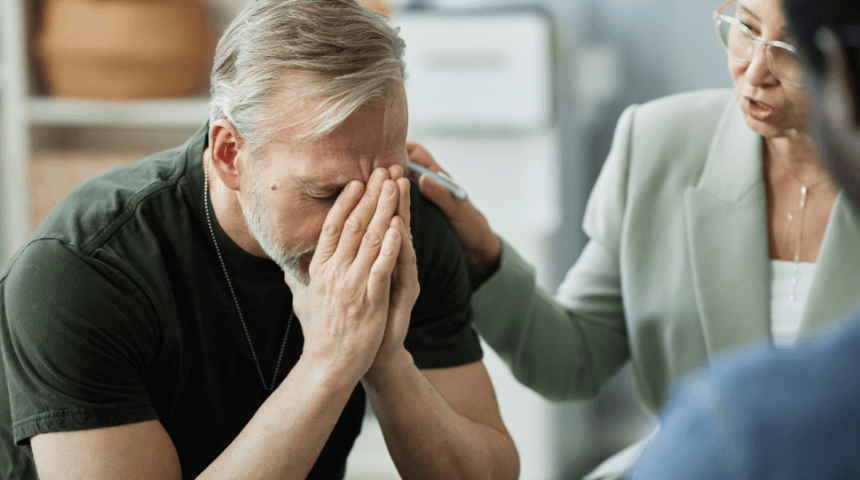Arthritis in Your Back or Neck? Don’t Give Up Hope
As you get older, it’s normal to experience more aches and pains in your back and neck as part of everyday life. But that doesn’t mean you have to accept it – particularly if that pain is keeping you from enjoying your life.
You might be hesitant to ask for help with back and neck pain, assuming there’s nothing that can be done. Or you worry it may be a sign of a serious problem. Often these pains may be the result of osteoarthritis, also know as wear-and-tear arthritis. It’s a disease that damages the cartilage that cushions the ends of your bones where they meet to form joints. When those unprotected bones rub together, you feel pain and other symptoms.
Arthritis affects one in four U.S. adults and is one of the leading causes of disability. There’s no cure, but there are strategies and procedures available to relieve the symptoms, regain functionality and help you get more enjoyment out of life.
Arthritis occurs most frequently in the hands, hips and knees. But it can be particularly troublesome when it afflicts the lower back and neck.
Spinal Arthritis
Osteoarthritis in the spine is known as spondylosis, which can degrade your spinal structure. It can cause degeneration of the discs that serve as cushions up and down your spine. It can also cause bone spurs that pinch the nerves near your discs.
We don’t know exactly what causes osteoarthritis. But it is linked to a variety of factors, including age, being overweight, a sedentary lifestyle and overuse of specific joints. The joints that support the back basically wear out over time.
That same degeneration can occur where the spinal cord extends into your neck (cervical spine), where it can cause pain and stiffness. It’s estimated that more than 85 percent of people over the age of 60 have some amount of arthritis in the neck. Many of them, however, have no noticeable symptoms.
Symptoms of Osteoarthritis
During the early stages of spinal arthritis, you may not have any symptoms. But as the condition worsens, you will slowly notice increased pain and stiffness. Unlike an acute injury, where the pain in immediate, this can be a slow process, with symptoms increasing gradually in severity. The joint degeneration may also plateau and stabilize for long periods. Symptoms include:
- Pain and stiffness in your lower back or neck
- Pain becomes worse as the day wears on
- Stiffness and pain when you wake up in the morning
- Difficulty rotating your neck or trunk (when driving, you may have to shift your body to look over your shoulder, for example)
- Numbness or weakness in one or both arms
- Pain radiating into your shoulder or arm
- Headaches
- Inability to stand for long periods of time
- Tired feeling in the lower back
How You Can Treat Osteoarthritis
Strategies for managing osteoarthritis will vary significantly from one person to the next. At some point, everyone deals with some degree of arthritis. The big question is how much it affects your life. Your needs may be different, for example, if you want to play golf versus spending time in the garden.
Among the treatment options:
Medication: For mild arthritis, over-the-counter pain relievers can be very effective.
Lifestyle changes: Losing weight, improved posture and stopping smoking can reduce inflammation.
Physical therapy: Stretching and strengthening exercises can improve your range of motion and offer pain relief.
Chiropractic treatments: These can ease joint pain and stiffness.
Injection therapy: Injectables and numbing agents are injected into the joint, where they can effectively deactivate the arthritic pain for lengthy periods of time. These shots can also restore mobility and range of motion. Injections are generally preceded by test shots to judge the potential effectiveness of the treatment.










